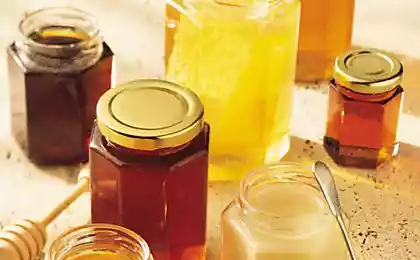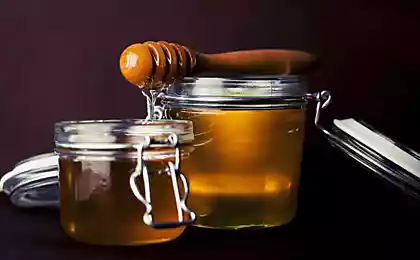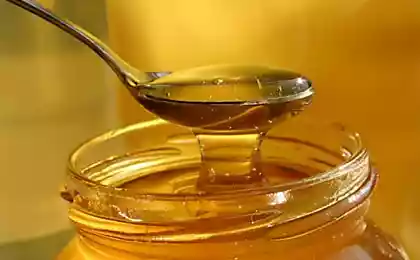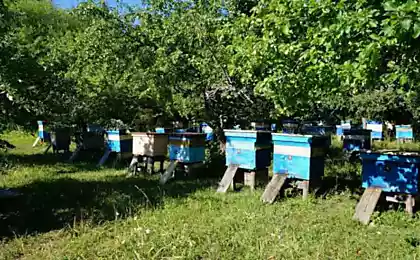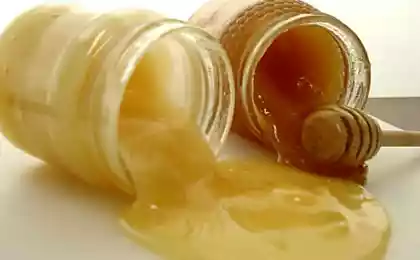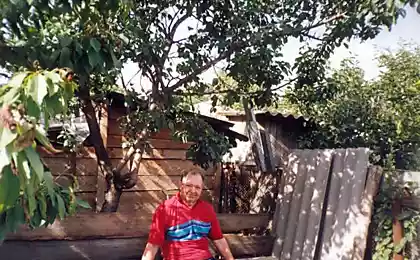1593
How to extract honey from the honeycombs
In young apiary (effective the first season), beginning beekeepers recently produced the first in this year's honey. A kilogram of seventy. A little bit, but for the first time properly. Everything went smoothly. Bees, of course, hovered and buzzed around, but it stung a couple of times. Now they have to refill cell, which they returned after "pumping".
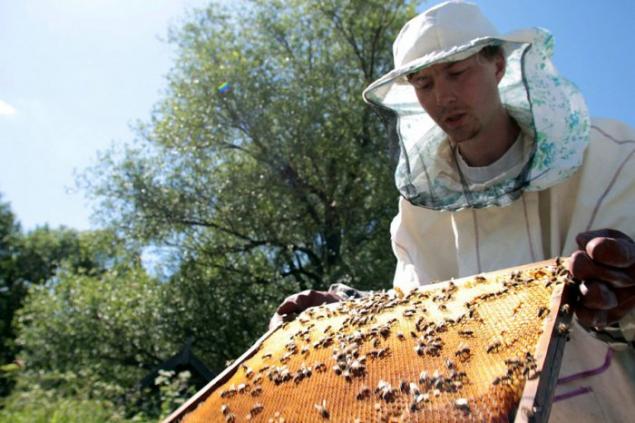
The work of the beekeeper only at first glance seems relatively "not dusty": put on protective clothing and walk yourself verify hives.
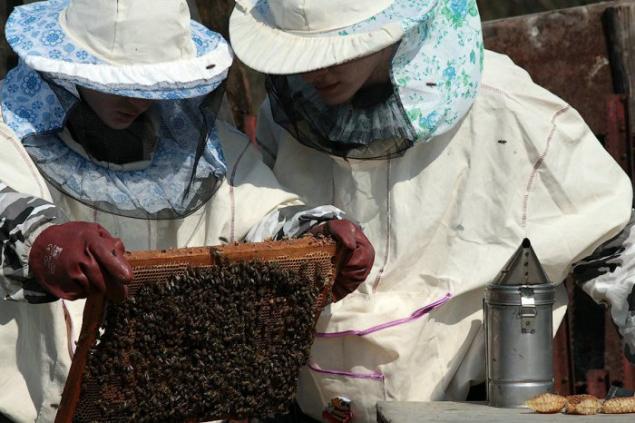
In fact, it is necessary to know and so many.
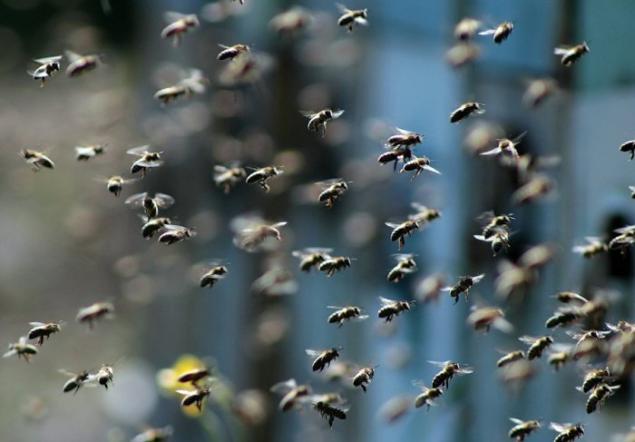
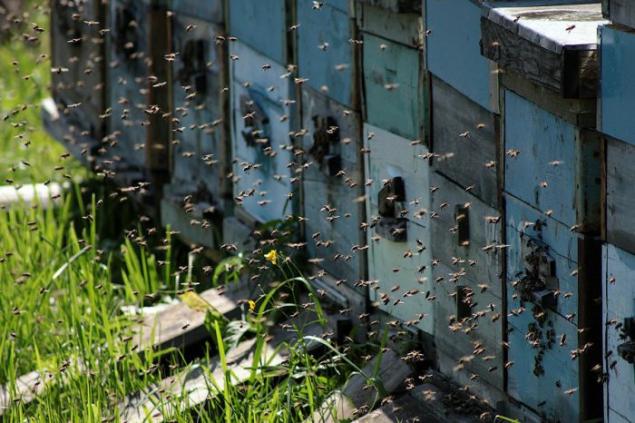
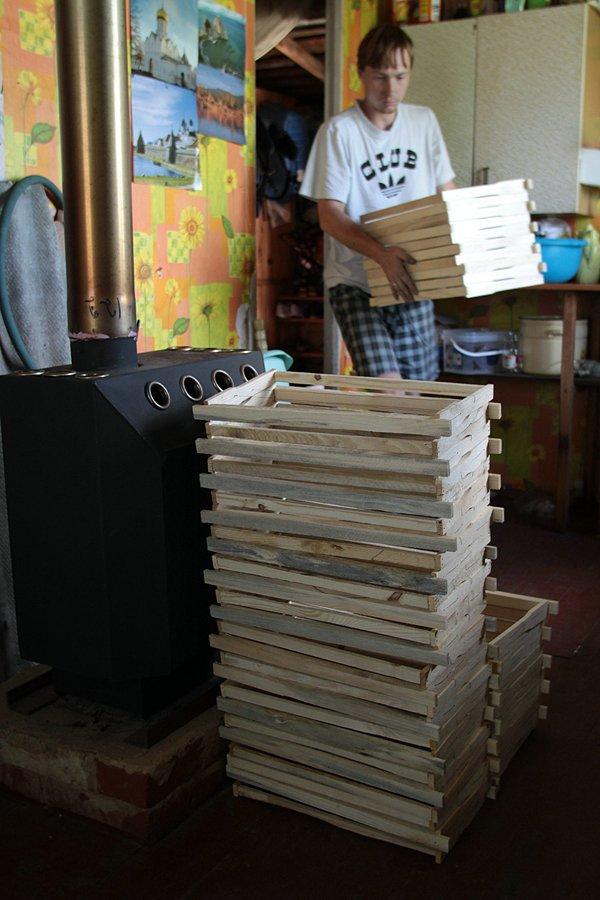
Framework should be a lot: First, the bees swarm and they must be captured and transplanted into new hives (fortunately, swarming period has ended); secondly, the frame must be replaced as they are filled with honey. So that part is in reserve.

On the frame is stretched thin wire, which is fixed combs.
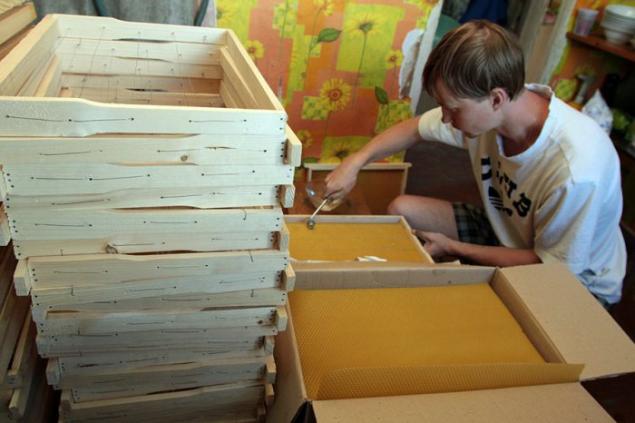
Each frame is attached a plate.
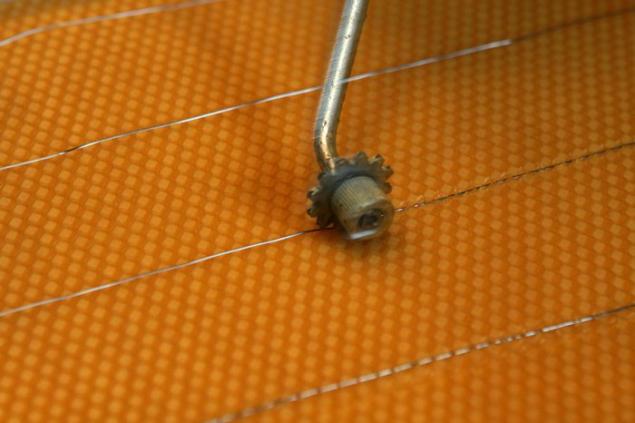
Mounted on a special device. This clip on the handle, which is held in boiling water. Wax placed under the wire, hot rollers rides on a wire and sticks Wax, melting it.

Some hives are being completed another floor. There are inserted into the new framework.
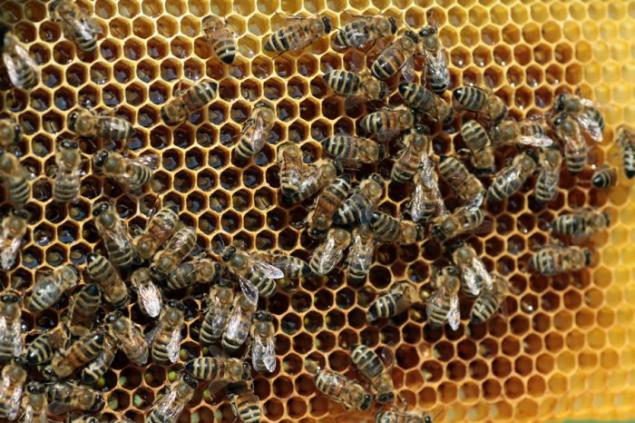
Not all frames can be taken away. It is normal if a third or more sealed honeycomb, honey is ready. Because some frame immediately returned to the hive to "rework»
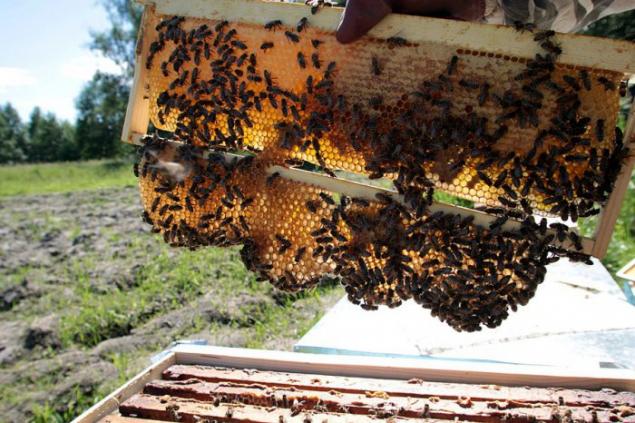
And these bees frame is not enough. They have built a cell outside.

Sometimes you can see how hundreds of young bees emerge. Force them only enough to chew through "cap" of the cell. A few days to feed her other bees, and then it comes out fully, gain strength.
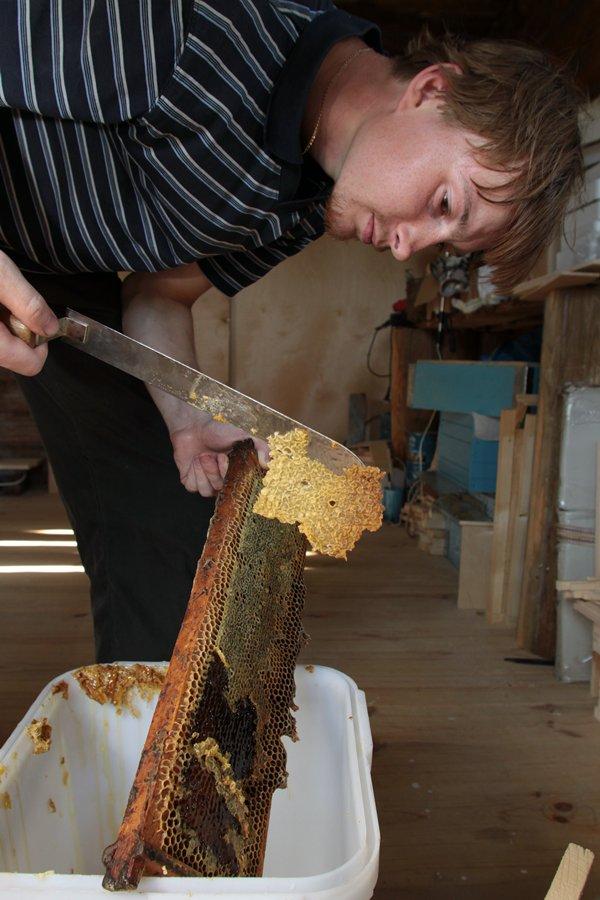
That cut called "zabrus". We can say that it is a mixture of honey, wax and bee enzymes. Very valuable substance. Prized ten times more expensive than honey. They say that helps a lot with colds in the winter.
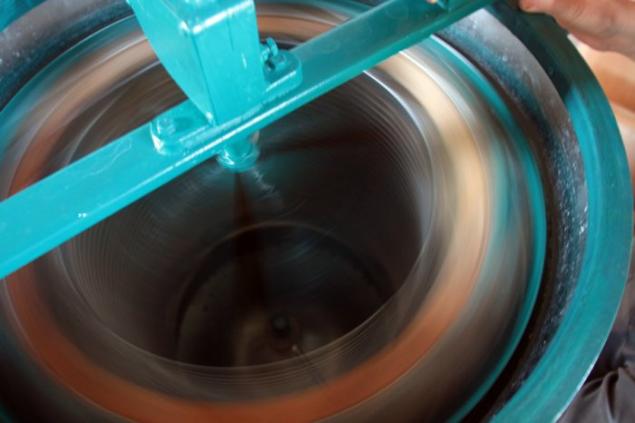
Rotate the frame should be correct. Please do not fast, then in full force. Frames with the inverted 180 degrees.
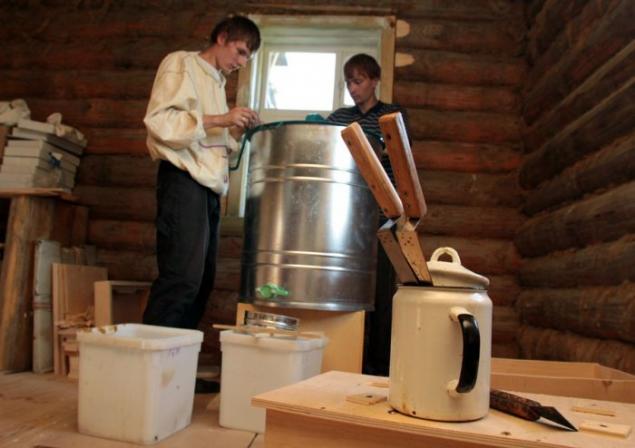
In the foreground - knives zabrus. In the background - beekeepers and extractor.
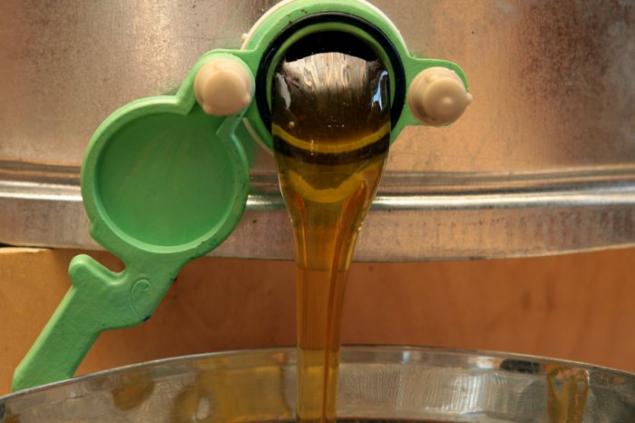
And here it is - the coveted moment. Valve opens and honey flowing in the filter.
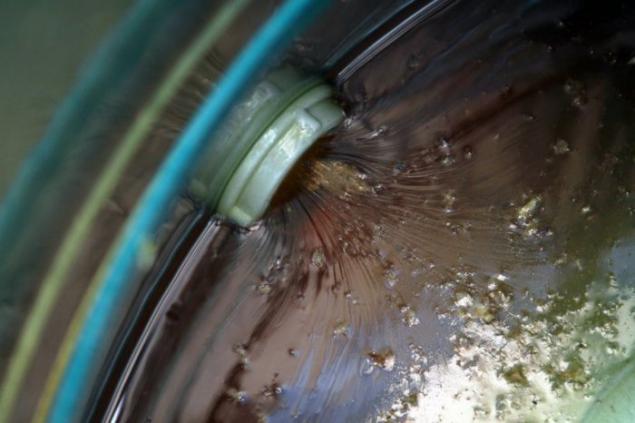
And it looks like, "Honey lava" inside the extractor.

The work of the beekeeper only at first glance seems relatively "not dusty": put on protective clothing and walk yourself verify hives.

In fact, it is necessary to know and so many.



Framework should be a lot: First, the bees swarm and they must be captured and transplanted into new hives (fortunately, swarming period has ended); secondly, the frame must be replaced as they are filled with honey. So that part is in reserve.

On the frame is stretched thin wire, which is fixed combs.

Each frame is attached a plate.

Mounted on a special device. This clip on the handle, which is held in boiling water. Wax placed under the wire, hot rollers rides on a wire and sticks Wax, melting it.

Some hives are being completed another floor. There are inserted into the new framework.

Not all frames can be taken away. It is normal if a third or more sealed honeycomb, honey is ready. Because some frame immediately returned to the hive to "rework»

And these bees frame is not enough. They have built a cell outside.

Sometimes you can see how hundreds of young bees emerge. Force them only enough to chew through "cap" of the cell. A few days to feed her other bees, and then it comes out fully, gain strength.

That cut called "zabrus". We can say that it is a mixture of honey, wax and bee enzymes. Very valuable substance. Prized ten times more expensive than honey. They say that helps a lot with colds in the winter.

Rotate the frame should be correct. Please do not fast, then in full force. Frames with the inverted 180 degrees.

In the foreground - knives zabrus. In the background - beekeepers and extractor.

And here it is - the coveted moment. Valve opens and honey flowing in the filter.

And it looks like, "Honey lava" inside the extractor.

